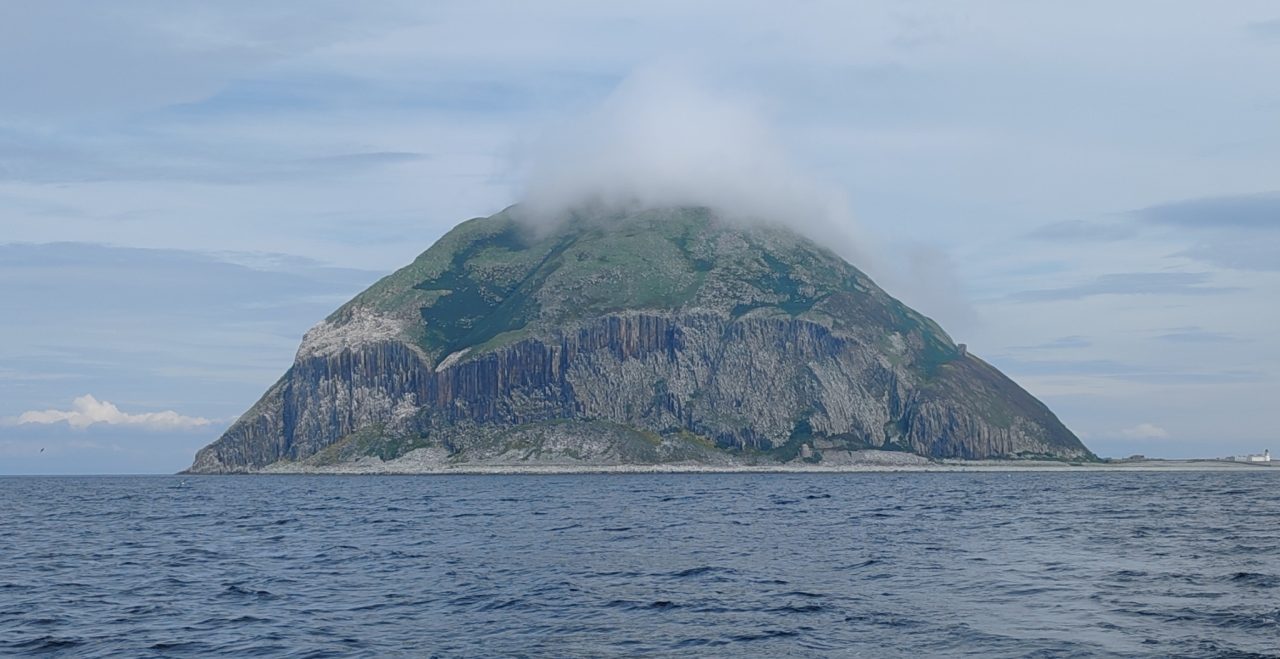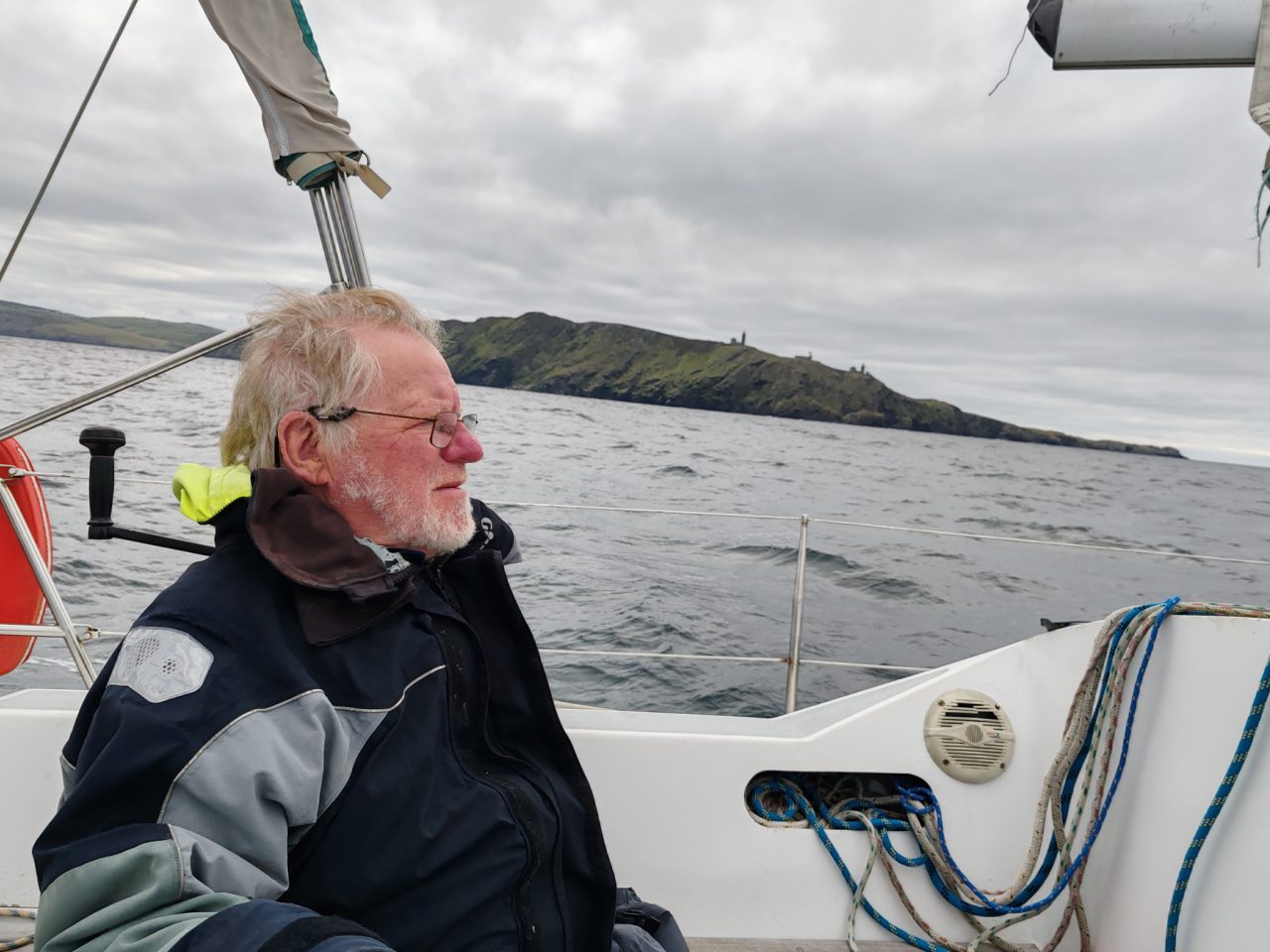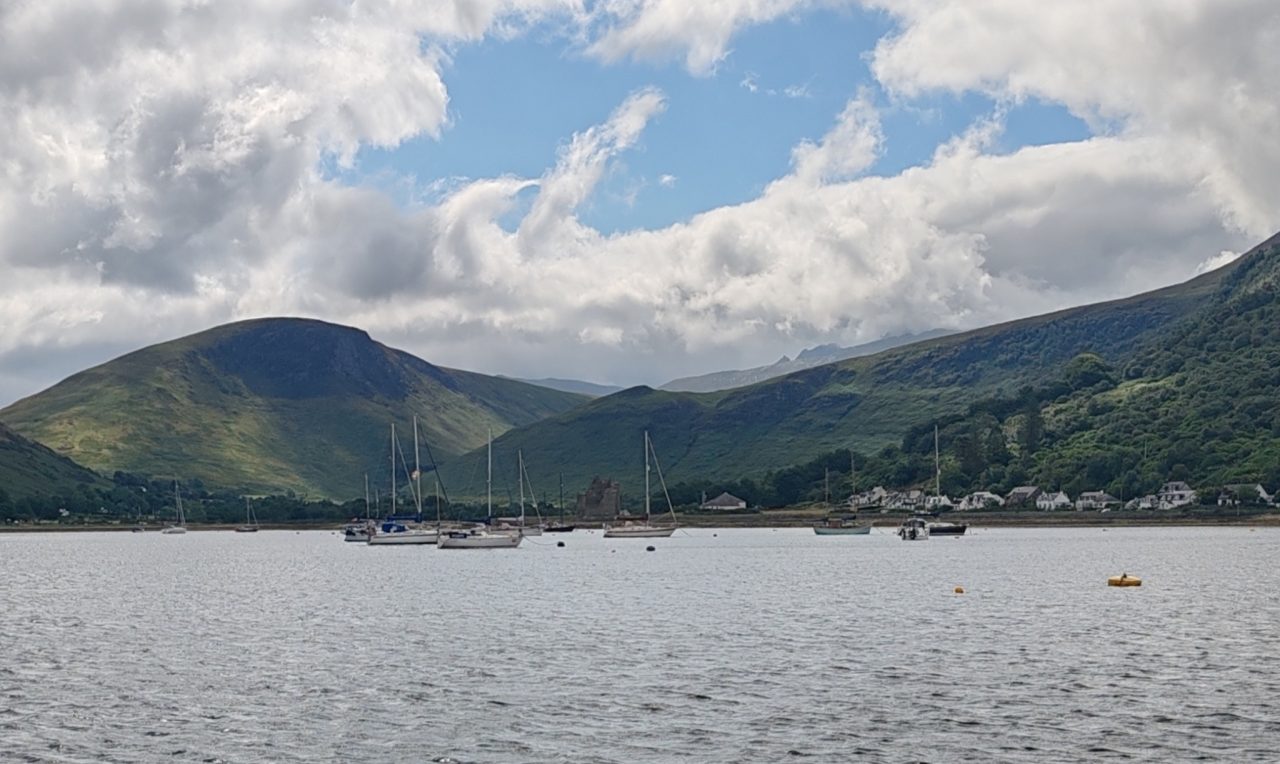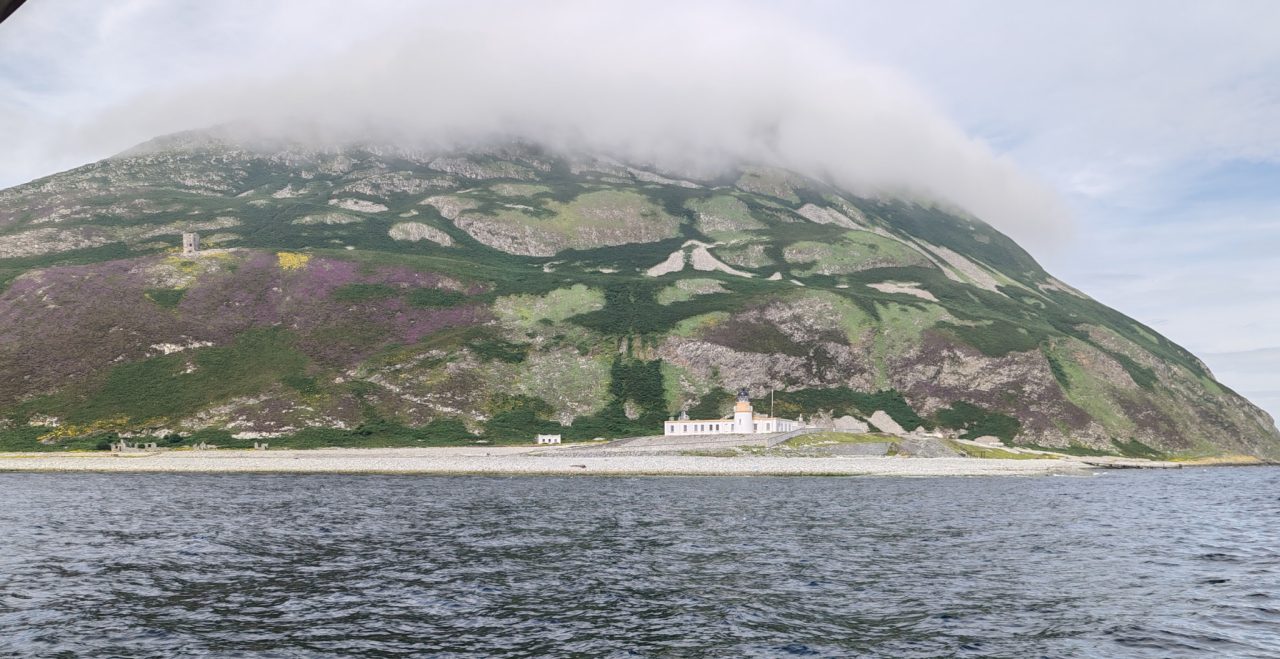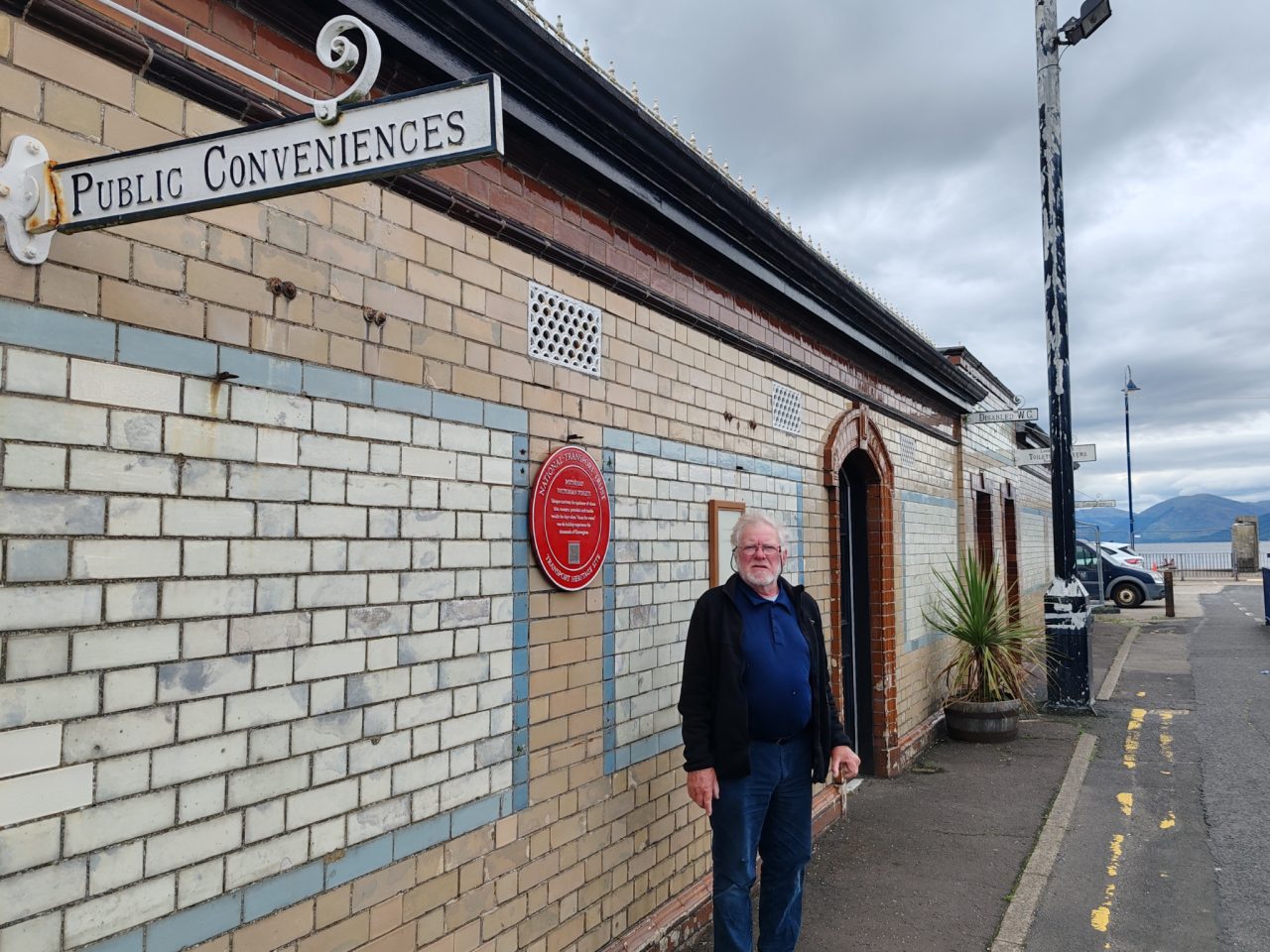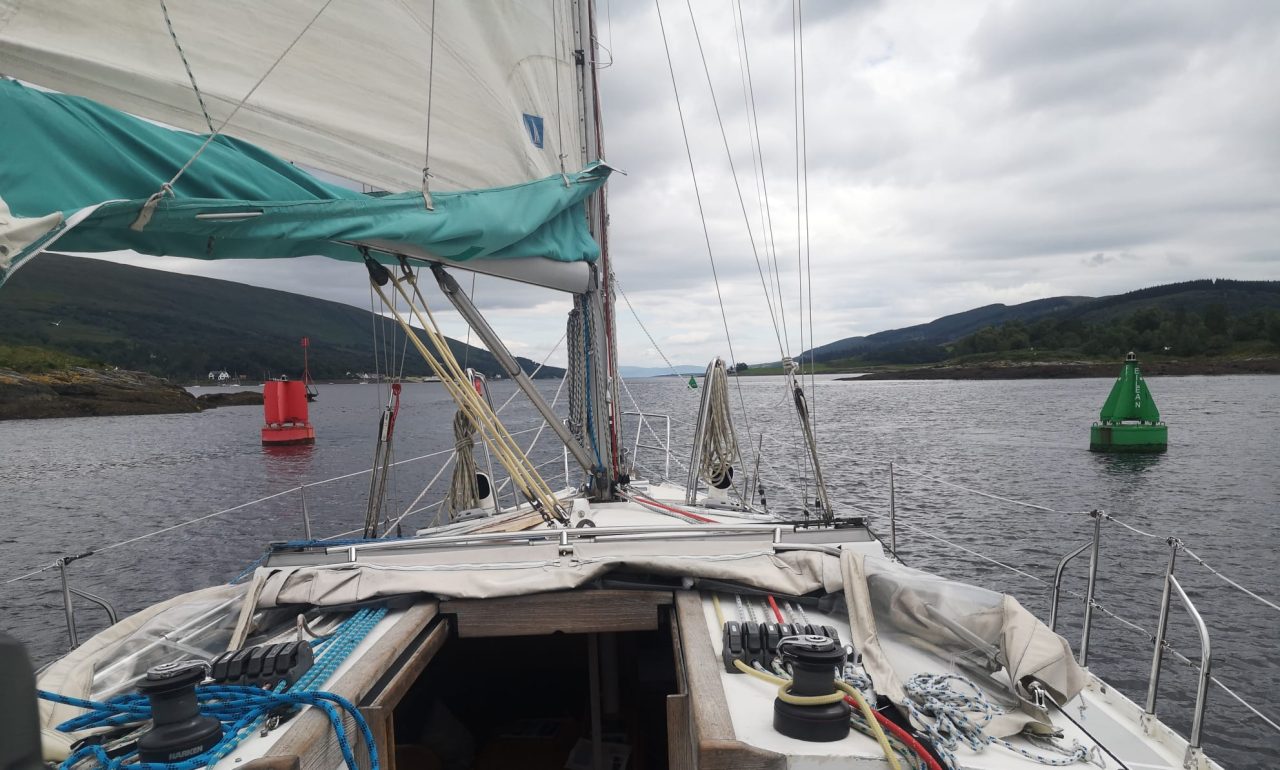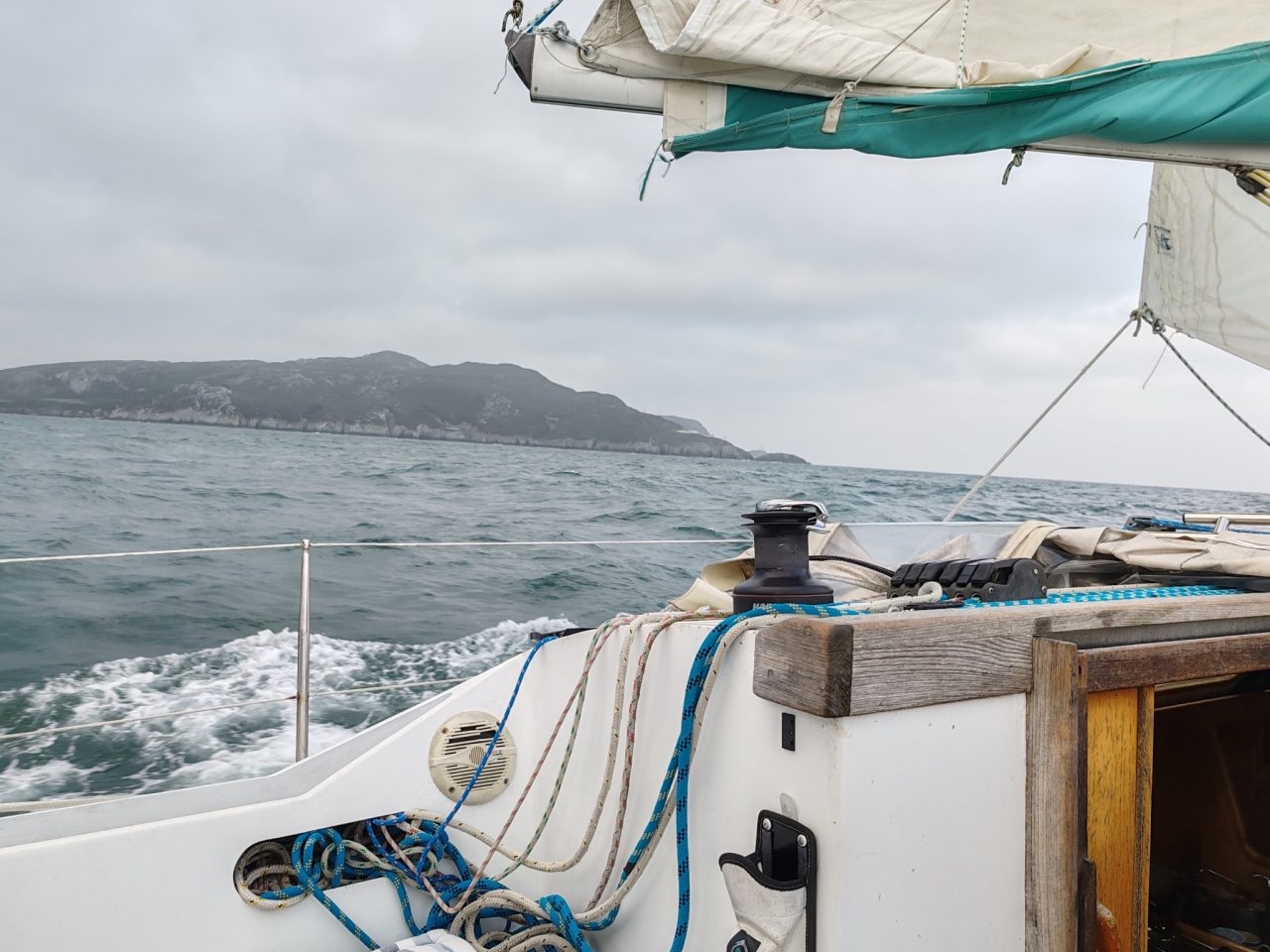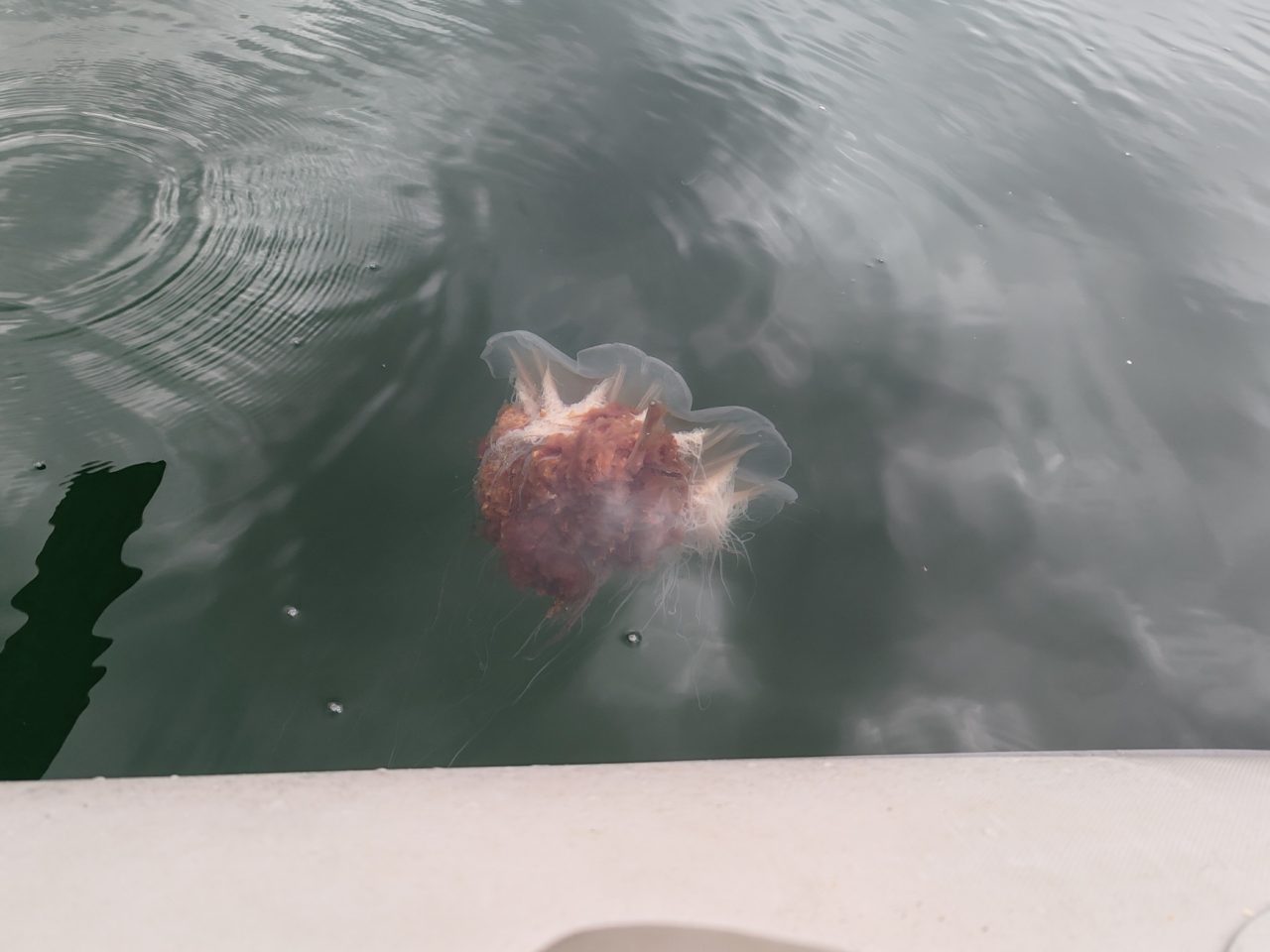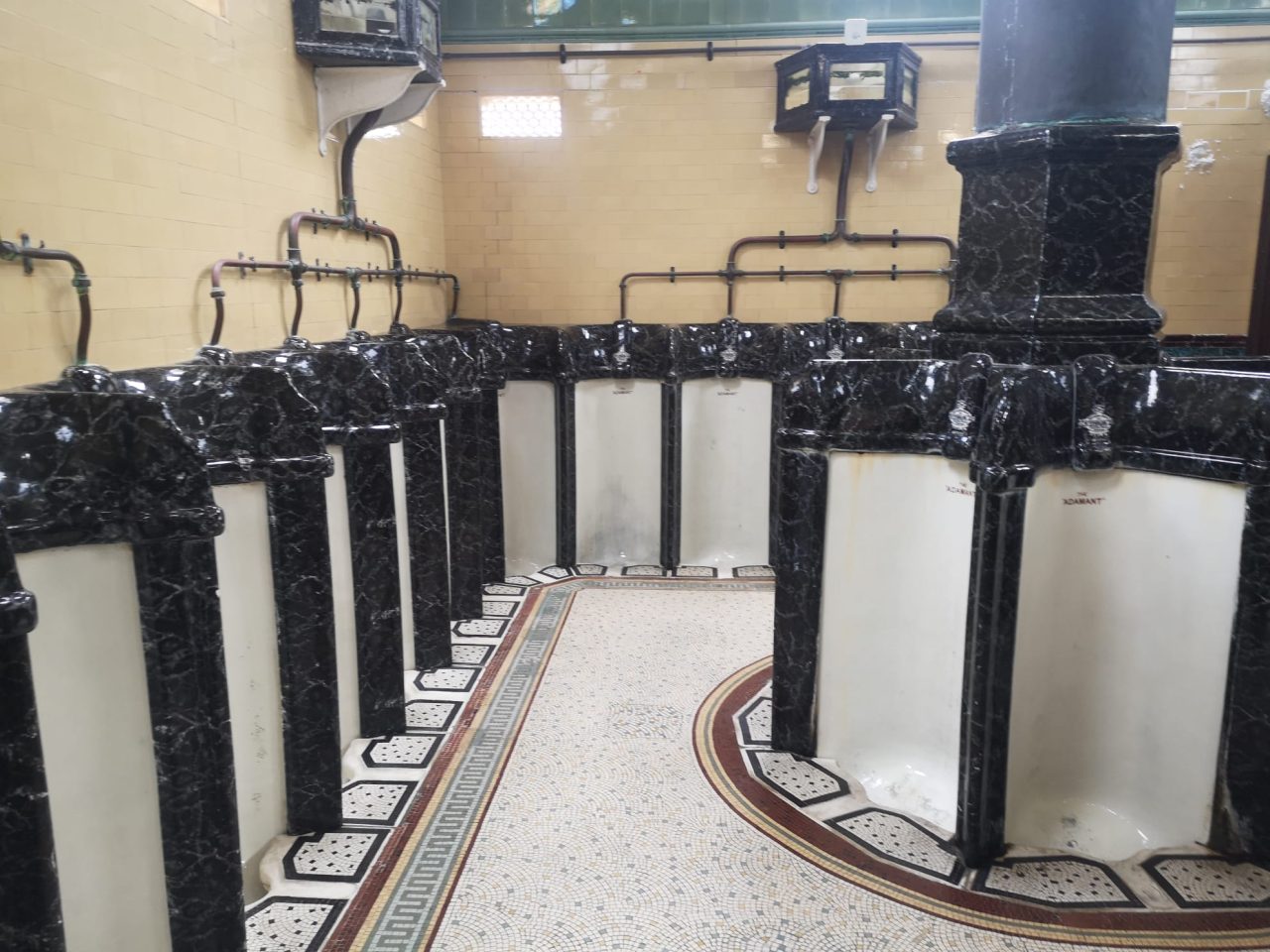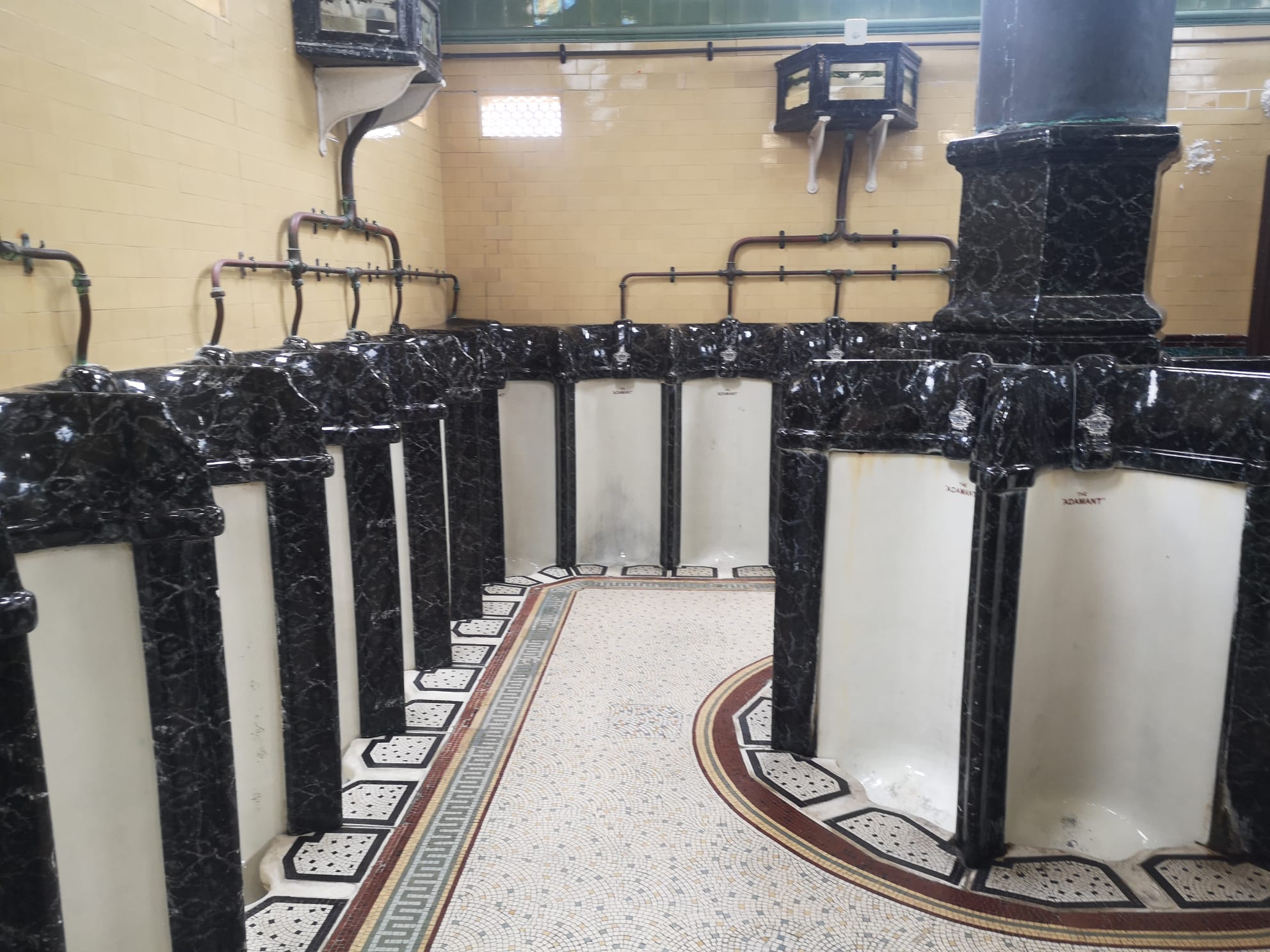Lady Belle left Campbeltown for Lochranza 20nm which is at the north end of the nearby Isle of Arran in the Firth of Clyde. The Kintyre shore was to port and Arran to starboard.
The East coast of the Firth of Clyde has the majority of large marinas and good transport links . The West coast varies from secluded anchorages to harbours with pontoon and village amenities.
Lochranza is one of just two reasonable secure anchorages on the Isle of Arran. There are plenty of blue visitors buoys available in a bay surrounded on three sides by mountains. Warnings are given regarding unpredicted wind gusts whistling down off the mountains but we didn’t experience any.
Lochranza is a small island village with a ferry stop, plenty nice walks and of course a whiskey distillery.
Next day we decided to circumnavigate the Island of Bute which is just to the north of Arran. This took Lady Belle through the very narrow but well marked Kyle’s of Bute. (Narrow Strait) Due to wind, tide and scenery no two passages are ever the same here.
After the Kyle’s we headed south to Rothesay on the East shore of Bute.
Total distance 20nm. Here there is a small marina and the sailing club provide visitors moorings also. Both are by the town centre. Ashore a visit to the Victorian Loos was top of the list.
Next we headed for Lamlash 22nm, the second secure anchorage on Arran.
Lamlash is almost completely landlocked and is the main sailing centre for Arran. Dolphins were active on the bow as on most days along the way. Again here the sailing club provide plenty visitors moorings.
Holy Island provides the shelter to the East of Lamlash and is presently owned by Buddhist monks. Landing on the island is reported to be well worth a visit provided that the Buddhist rules of no alcohol etc are observed.
Donal opted for a ramble around Lamlash instead.
The outboard prop caught a lions mane jellyfish on the way ashore and I was delighted to see chopped up tentacles in our wake. Short lived as I read that the tentacles grow back again quickly.
This was our last stopover in the Firth of Clyde and it exceeded my expectations. The scenery is fabulous, tides are slack and it’s a short distance between harbours.
So a 40nm passage south to Portpatrick was our next stop planned. The brackish colour of the water was disappearing as we left the Firth.
The course took us close to Ailsa Craig, a 340 meter high granite rock that stands up impressively in the outer Firth. Also know as Paddy’s Milestone as it is half way between Belfast and Glasgow.
As we had tide and little wind we opted not to anchor and go ashore to walk the 2 1/2 mile coastal path along a disused quarry tram line. A prison was there once and no doubt the prisoners were put working the quarry there.
The fresh water loch is 240 meters above sea level.
The entrance to Portpatrick only opens up when you get close. Leading lights are difficult enough to pick up and once inside the narrow entrance the berths on the quay wall are comfortable. Portpatrick is mainly a tourist village with plenty sightseeing attractions.
A lone black gillimote turned Lady Belle’s decks into its dining table and all that goes with it for the duration of our stay. With it’s bright coral-red feet and legs it plodded around the deck well into the night.
Next after looking at the weather we decided on Peel in the Isle of Man. We passed down the coast to the Mull of Galloway with a good tide and following wind. Our main forecast area up to now had been from the Mull of Galloway to the Mull of Kintyre.
Portpatrick was 15nm behind and we had 25nm remaining to Peel. The sill to the marina in Peel opens 2 hours either side of HW and there are 4 yellow mooring buoys inside the long pier wall to wait on. The tall ship Klevia which visited Dungarvan during the Food Festival was alongside the pier.
A 60nm hop to Holyhead on Holy Island was next. At the southern tip of the IOM is the Calf of Man island. We remembered a white knuckle rollercoaster motor sail through the Calf Sound previously where it’s recommended not to attempt the Sound in winds above F3 and without an engine capable of 5kt speed or more.
Approaching Holyhead the TSS was quite. Yachts that were ahead were being set by the tide towards the Skerries. We were extra cautious to stay well off.
The sailing clubs visitors moorings in Holyhead include a club launch transfer ashore which is handy. The separately managed marina has only a 15 meter section of pontoon remaining from the 2018 Storm Emma.
The town is dull and not much is going on there. A visit to the lighthouse is the best of the attractions. The sailing club is active and has a nice clubhouse.
Next we would head back to the Irish coast both Dublin and Wicklow 60nm away. We would see where the wind and tide would take us to. There was a fresh north westerly blowing but an adverse tide for a few hours after leaving Holyhead make for slow progress initially and a lumpy sea as there was a 3 knot north west going tide at the southern corner of Holy Island by the north and south Stacks.
Once clear of the Stacks a good sail was enjoyed across St. George’s Channel to Wicklow.
